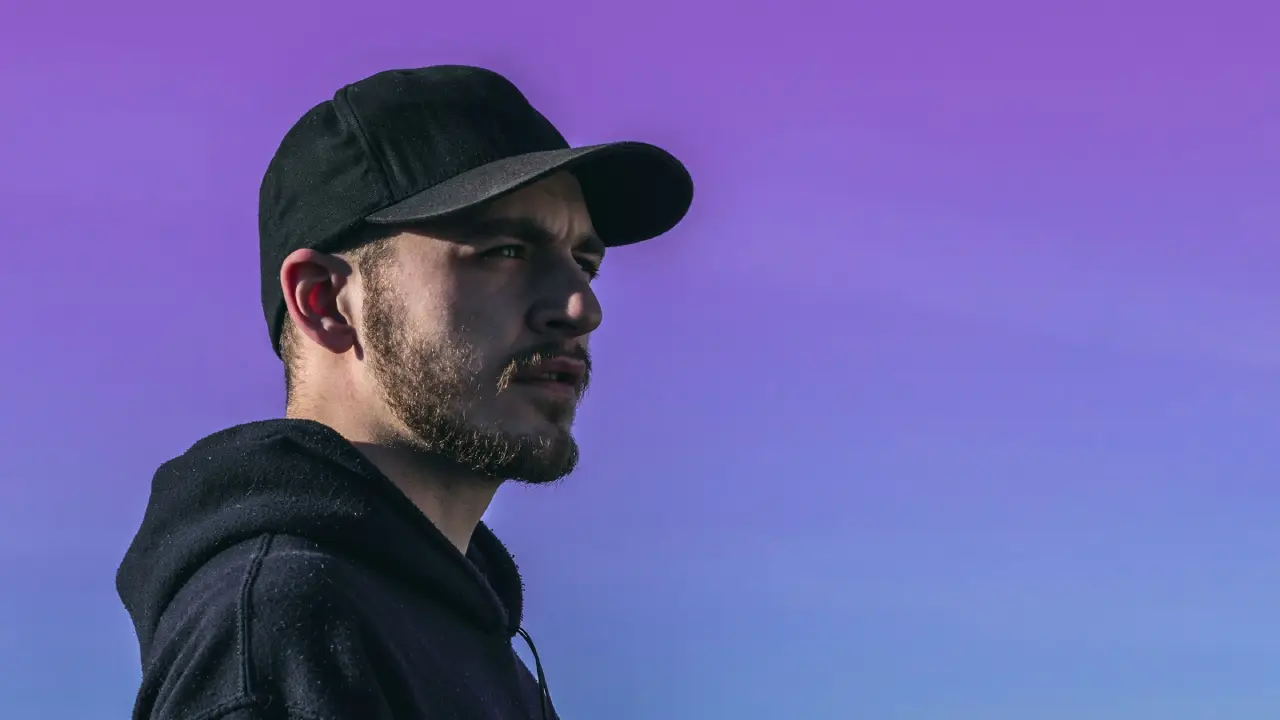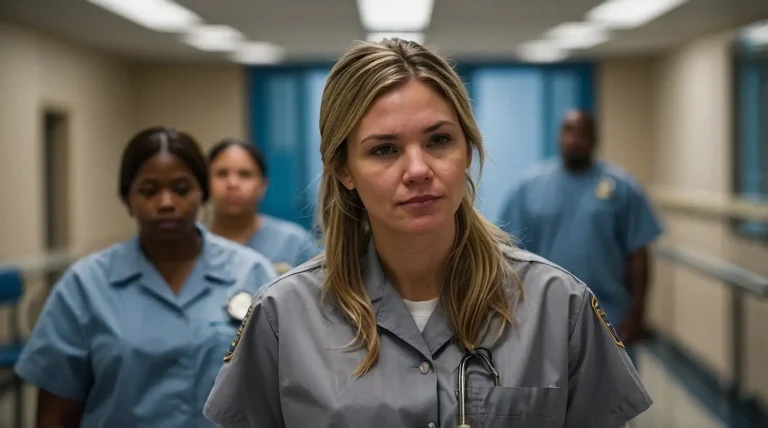Yes, you can wear a hat to a job interview, but it is generally not recommended. Hats can be seen as informal or distracting, depending on the setting and company culture. For a professional and polished appearance, it is best to avoid wearing hats unless the job environment specifically calls for it, such as in creative industries or outdoor roles where headwear might be more acceptable.
Does Hat Type Matter in an Interview?
Yes, hat type matters in an interview. If you choose to wear a hat, the type should align with the formality of the job and company culture. For example, a professional hat, like a well-fitted fedora or a clean, stylish beret, might be acceptable in creative industries, but casual hats like baseball caps or beanies are generally considered inappropriate for most interviews. The key is to ensure that any hat you wear complements a polished and professional look.
What Impact Can Wearing a Hat Have on First Impressions?
Wearing a hat can have a significant impact on first impressions in a job interview. Hats can draw attention and potentially distract from your professionalism, making you appear less formal or serious.
In traditional or corporate environments, hats may create the impression that you are overly casual or not adhering to expected interview etiquette. However, in more creative or relaxed industries, a stylish or well-chosen hat might be seen as a reflection of individuality and personal style. Ultimately, how a hat is perceived depends heavily on the industry and the specific culture of the company.
Does Wearing a Hat Distract From Your Face?
Yes, wearing a hat can distract from your face during an interview. A hat can cast shadows, cover your facial expressions, or draw attention away from your eyes, which are important for nonverbal communication and establishing rapport.
Interviewers rely on facial cues to gauge your confidence, enthusiasm, and honesty, so anything that obstructs or detracts from your face might hinder the connection you build. It’s generally recommended to keep your face fully visible to maintain strong communication during an interview.
When Wearing a Hat Might Be Acceptable?
In certain situations, wearing a hat to an interview can be acceptable and even beneficial. Industries that value creativity and self-expression, outdoor or field-based roles, and contexts involving cultural or religious headwear offer more flexibility. However, it’s essential to strike a balance between personal style and professionalism, ensuring the hat enhances your presentation without becoming a distraction.
1. Creative Industries
In industries like fashion, music, entertainment, or media, personal expression is often valued. If you’re interviewing for a role as a designer, content creator, or musician, a stylish or trendy hat might complement your outfit and reflect your personality. However, it’s still important to ensure your overall appearance looks polished.
A hat that matches your personal brand and aligns with the company’s culture can give you an edge, but it must never come across as too casual or out of place. For instance, a well-chosen fedora or beret could work for a creative job, whereas a baseball cap may not send the right message.
2. Outdoor or Labor-Intensive Roles
If the job involves outdoor work—such as landscaping, construction, or field service—it’s possible that wearing a hat wouldn’t raise any eyebrows, especially if it aligns with the type of work.
Wearing a functional hat, such as a cap or sunhat, may show the interviewer that you understand the job’s practical requirements. However, even in these cases, it’s advisable to remove the hat when entering an office or meeting space unless instructed otherwise.
Religious or Cultural Reasons
Hats worn for religious or cultural purposes, such as a kippah, hijab, or turban, are generally respected and accepted in interviews. Employers are legally required to accommodate religious expressions unless they pose an undue hardship. If the hat you’re wearing is part of your cultural or religious identity, it’s both appropriate and respectful to wear it to the interview.
Virtual Interviews
In a virtual interview, there may be more flexibility in your attire. If the company is known for having a relaxed dress code, wearing a hat might not raise concerns. However, you should still aim for a neat and intentional look, ensuring that the hat isn’t a distraction or gives the impression that you’re not taking the interview seriously.
When Wearing a Hat Could Be a Mistake?
Wearing a hat to an interview can sometimes backfire, especially in formal, corporate settings where professionalism is paramount. It may come across as too casual, distracting, or inappropriate for the role, particularly in industries with strict dress codes. To avoid sending the wrong message, it’s crucial to assess the company’s expectations and opt for a polished, hat-free appearance when in doubt.
1. Formal or Corporate Roles
For traditional industries such as finance, law, and consulting, interviews typically follow strict dress codes. A hat would likely be considered out of place and unprofessional in these settings. Employers expect candidates to dress conservatively, which usually means avoiding accessories that may draw attention away from your qualifications.
2. First-Round Interviews
Even in more casual industries, wearing a hat during an initial interview can be risky. It’s crucial to demonstrate professionalism from the outset. Once you have established rapport with the company and understand its culture better, you can explore whether wearing hats is acceptable in the workplace.
3. Group or Panel Interviews
In group or panel interviews, it’s essential to minimize distractions and ensure you leave a positive impression on all interviewers. A hat, especially if it’s attention-grabbing, may divert focus away from your qualifications. When multiple people are evaluating you, it’s safer to keep things simple and professional.
4. Casual Hats and Headwear
Even in laid-back workplaces, some types of hats—like baseball caps, beanies, or novelty hats—can appear too informal for an interview. These accessories could give the impression that you’re not taking the process seriously or that you lack professionalism.
How to Decide: A Practical Approach
If you’re unsure about whether to wear a hat, follow these steps:
Research the Company Culture
Look for photos or videos of the company’s office environment on social media or its website. See if employees wear hats or have a relaxed dress code. If hats are commonly worn, it might be acceptable for you to wear one.
Ask the Recruiter or HR Contact
If you have any doubts, it’s perfectly acceptable to ask the recruiter or HR representative about the appropriate dress code. You could phrase it as: “I want to ensure I make the best impression. Can you advise me on the expected dress code?”
Err on the Side of Caution
When in doubt, it’s better to leave the hat at home. If wearing a hat is an important part of your personal style, consider introducing it after you’ve secured the job and learned more about the company’s policies.
Use Accessories Judiciously
If you decide not to wear a hat but still want to express your personality, opt for other accessories like watches, scarves, or jewelry. These can convey style without being too bold or distracting.
Alternatives to Wearing a Hat
If wearing a hat is part of your usual look, but you feel it’s inappropriate for the interview, there are other ways to maintain your sense of style while adhering to professional standards:
- Grooming and Hair Care
A well-groomed hairstyle can make as much of an impact as a hat. Make sure your hair is neat and styled in a way that reflects your personality while maintaining professionalism. - Blazers or Jackets
A stylish blazer or jacket can be a great alternative to a hat. It adds sophistication to your look and can help you make a strong impression. - Shoes and Accessories
Statement shoes or subtle jewelry can provide a way to express your personality while keeping your outfit professional. Just ensure that the overall ensemble remains cohesive.
Special Considerations for Different Interview Formats
Different interview formats present unique challenges when it comes to attire, including whether to wear a hat. While virtual interviews require careful attention to lighting and visibility, phone interviews allow for more flexibility. Adapting your appearance to suit each format ensures that your presentation complements the interview setting, helping you leave a positive impression.
1. Video Interviews
In virtual interviews, your camera setup and lighting play an essential role in your appearance. Wearing a hat could cast shadows on your face, making it harder for the interviewer to see your expressions. Ensure your face is well-lit and unobstructed.
2. Phone Interviews
Since the interviewer can’t see you during a phone interview, your attire matters less. However, dressing appropriately, even for phone interviews, can boost your confidence and put you in the right mindset.
The Role of Confidence
Whether you wear a hat or not, the most important thing is how you carry yourself. Confidence, eye contact, and good posture go a long way in creating a positive impression. If you feel strongly about wearing a hat and believe it aligns with the role and company, wear it confidently and be prepared to explain your choice if needed.
For instance, you could say, “This hat is part of my personal style, which I believe reflects my creativity and individuality.” That said, always be mindful of how the interviewer responds to your appearance and adjust accordingly.
Is It Okay to Wear a Hat to an Interview if You’re Bald?
It’s completely natural to feel self-conscious about appearance, especially in an interview setting where first impressions matter. However, the key to interview success lies in confidence and professionalism. While wearing a hat may seem like a way to feel more comfortable, it’s essential to remember that many employers expect a polished and formal look during interviews.
That said, embracing baldness confidently can often leave a positive impression, signaling self-assurance and authenticity. If the hat has cultural, religious, or medical significance, it’s always best to communicate that with the interviewer beforehand to avoid misunderstandings.
For more insights on handling such situations gracefully and making the right choice, check out our detailed guide on “Is It Okay to Wear a Hat to an Interview if You’re Bald?” where we discuss the pros and cons, alternatives, and tips to feel at ease during your next interview
FAQs On Is It Okay To Wear a Hat to an Interview
Yes, wearing a hat in a creative industry interview may be more acceptable, especially if it complements your personal style and fits the company culture. However, it’s still best to choose a professional-looking hat that does not distract from your overall appearance.
Yes, wearing a hat can make you appear less professional, especially in formal or corporate environments. Hats are often seen as informal, and it is generally best to avoid them unless the setting allows for more casual attire.
Yes, wearing a hat can affect body language, particularly facial expressions. A hat can obscure your face, making it harder for the interviewer to read non-verbal cues like eye contact and smiles, which are important for building rapport.
No, it is not necessary to wear a hat due to baldness. Employers are more concerned with your qualifications and professionalism, and baldness is completely acceptable in professional settings. Focus on presenting yourself confidently without the need for a hat.




